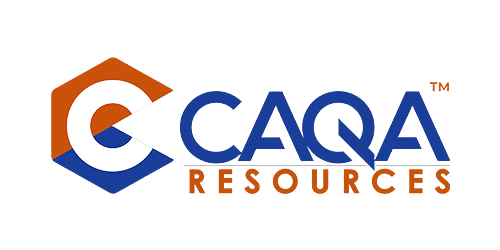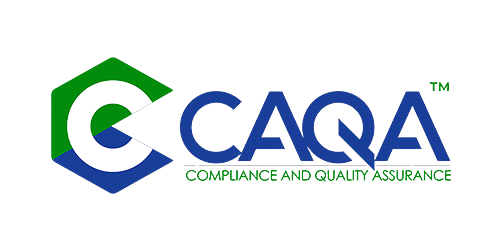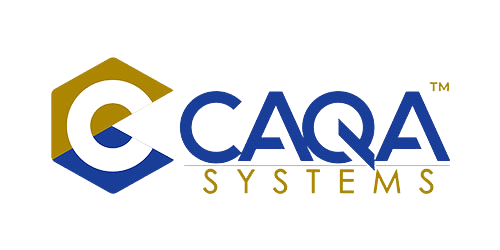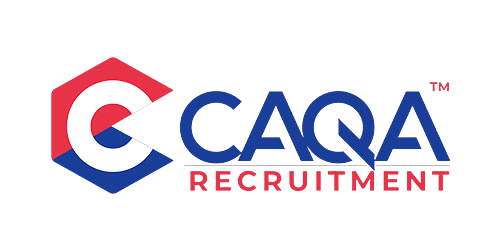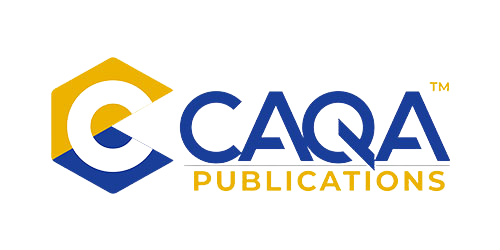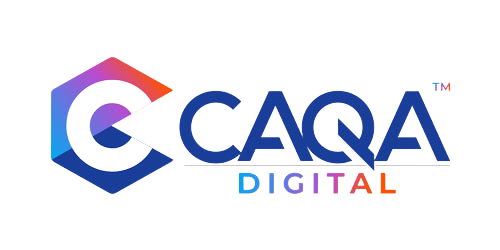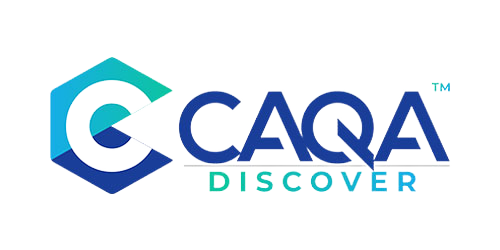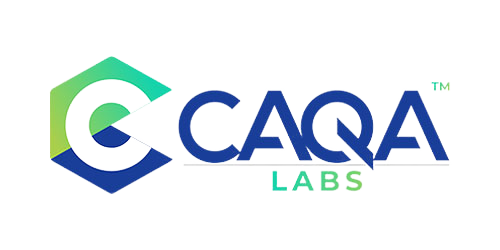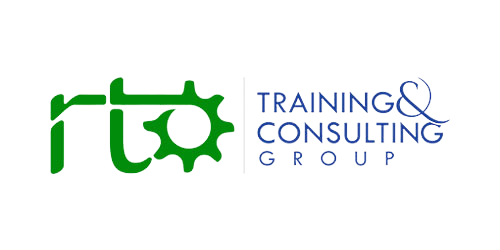Artificial intelligence is now embedded in the daily life of Australian training—learners draft with generative tools, assessors prepare resources with AI assistants, and RTOs increasingly automate parts of administration, monitoring and analytics. In the Vocational Education and Training (VET) sector, that reality collides with a non-negotiable requirement: every assessment decision must meet the Principles of Assessment (validity, reliability, flexibility, fairness) and the Rules of Evidence (validity, sufficiency, authenticity, currency). Under the revised regulatory settings that commenced in July 2025, those principles and rules are not background theory; they are operational expectations that must be demonstrated in live delivery, backed by contemporaneous evidence and defensible processes. The question for leaders is no longer whether to allow AI, but how to harness it in ways that improve learning while preserving assessment integrity and compliance. This article assembles the current regulatory position, the most common AI-related risks to assessment, and a pragmatic implementation blueprint—so your RTO can innovate without drifting into avoidable non-compliance.
What the 2025 standards expect you to prove
The 2025 framework centres on outcome-based regulation. Providers are judged on whether training is structured and paced to support progress, whether support is timely and tailored, whether assessment decisions are fair, valid and consistent, and whether governance is actively assuring quality. The Australian Skills Quality Authority (ASQA) has reinforced this focus through education campaigns, FAQs, and practice guidance that ask RTOs to show—rather than merely state—that their systems work as designed. In parallel, the Department of Employment and Workplace Relations (DEWR) publishes consolidated resources that describe the new Outcome Standards and complementary compliance requirements, guiding providers on what the regulator expects to see. Together they set a simple standard for AI: use it if it lifts quality and efficiency, but never in ways that weaken validity, reliability, fairness, or the evidentiary chain behind a competency judgment.
One consequence of the new posture is that evidence must be auditable and specific. If an assessor uses AI to draft assessment items, there must be a visible mapping from each question to the training product’s performance and knowledge evidence, and a record that the instrument was reviewed and validated prior to use. If a student submits work with AI assistance, the assessor must be able to establish authorship, sufficiency and currency in ways that would stand up in a file review. And if the RTO deploys AI tools that influence feedback, grading, or progression decisions, those tools must be governed like any other element of the assessment system: defined, controlled, checked for bias, and monitored over time. These expectations sit squarely within ASQA’s risk-based approach to regulation and its ongoing priority focus on the integrity of online and technology-enabled delivery.
Principles and rules: where AI most often bites
The Principles of Assessment and Rules of Evidence have not changed in name, but the 2025 regime pushes them from policy statements into living controls. In practice, AI most commonly stresses four points in that framework.
First, authenticity. Generative tools can produce fluent, context-appropriate responses that are not the learner’s own work. When submissions are text-heavy, code-based, or image-rich (for example, design artifacts), unacknowledged AI assistance can make it hard to establish who actually did the thinking and the doing. Authenticity controls, therefore, need to be layered: declarations, oral verification, live demonstrations, version histories, and, where appropriate, secure invigilation for critical tasks. Second, validity. If AI is used to author questions, marking guides, model answers, or simulated workplace scenarios, the instrument must still elicit evidence that maps cleanly to the unit’s performance criteria and assessment conditions. Third, reliability and fairness. AI-enabled feedback or grading can drift if models behave differently across cohorts or are updated without controls, and inequity can arise when some learners have access to powerful tools and others do not. Fourth, currency. AI systems trained on outdated data can produce guidance that is no longer safe or compliant—particularly risky in regulated, high-hazard, or fast-moving domains. State and territory guidance developed to support the 2025 standards makes these principles and rules explicit and expects providers to operate assessment systems accordingly.
The risk picture in 2025: what is actually happening in RTOs
Across the sector, the operational risks cluster into repeatable patterns. Inauthentic evidence is the clearest: a learner pastes a prompt into a chatbot and turns in the output, or uses an image generator to produce artefacts that appear original. Without controls, assessors can be deceived—especially when the task lacks in-situ observation, practical demonstration, or triangulating artefacts. A second pattern is instrument drift. Busy staff use AI assistants to compose questions or case studies, but do not complete mapping, peer review, or validation, so content misaligns with the unit requirements. A third is process inequity. One campus provides structured access to a permitted AI tool with guidance; another tells learners to avoid AI entirely; a third allows quiet AI use but has no policy. Learners get inconsistent signals, and equity and fairness degrade. A fourth is bias and opacity. If AI-assisted feedback or rubrics are used without human moderation, certain groups may be disadvantaged in subtle ways—particularly in language-heavy tasks. Finally, there is security. Draft assessments, answer keys, and student data fed into third-party tools without proper contracts can leak beyond the RTO’s control. Each of these risks maps to a principle or rule, which makes them visible in an audit.
Regulators have not issued AI-specific bans; instead, they are asking providers to show the same disciplined controls they expect for any assessment system: designed instruments, reviewed before use, validated on risk-responsive cycles, with governance that catches drift, bias, and non-compliance early. ASQA’s FAQs and workshop guidance reinforce that the revised standards are in force and that providers should be ready to demonstrate how their systems meet them in practice.
A risk-and-control lens that works
RTOs already operate risk registers for governance, training delivery, and third-party arrangements. Extending that discipline to AI is straightforward. Start by naming the AI-related behaviours that could appear in student work, assessor practice, and system configuration. For students, examples include unacknowledged use of generative tools, reliance on outdated AI content in safety-critical tasks, and inequitable access that advantages some groups. For assessors, common behaviours include AI-authored questions without mapping, AI-generated feedback reused across cohorts without moderation, and uploading sensitive content to uncontrolled tools. For system administrators, behaviours might include enabling an LMS plug-in that uses external models without privacy due diligence, or failing to lock model versions so automated feedback changes mid-term.
Next, rate each behaviour on likelihood and impact. In text-dense qualifications—business, hospitality service design, or community services—unauthenticated AI-generated text may be highly likely and high impact. In trades with heavy practical demonstration and observation, the same risk may be lower likelihood but still high impact for certain written elements. Then define proportionate controls. For authenticity, combine signed declarations with oral defence or viva, targeted practicals, keystroke-captured drafts, and version histories in the LMS. For validity, require mapping of any AI-authored item to performance and knowledge evidence, and make pre-use review non-negotiable. For reliability and fairness, moderate AI-generated feedback across assessors and cohorts, and publish a coherent student policy so that permitted use does not depend on which trainer a learner happens to get. For currency, require that AI-generated guidance include source dates or that assessors annotate currency checks. These are not exotic controls; they are the same quality levers that ASQA asks providers to apply across their systems, focused here on a new class of tool.
Designing an assessment that resists shortcuts and still welcomes tools
The most effective way to reduce AI-driven authenticity risk is to ask for evidence that AI alone cannot credibly produce. That does not mean banning technology; it means designing tasks that reveal real competence. Practical demonstrations, on-site observations, scenario role-plays with unpredictable variables, and integrated projects that mix artefacts with oral questioning all require the learner to perform, not just present text. Where written tasks are necessary, they require annotated process logs, screenshots with timestamps, or short viva voce follow-ups in which the learner explains decisions, identifies risks, and suggests alternatives. These are simple ways to satisfy authenticity and sufficiency while preserving flexibility for diverse learners.
For instrument validity, treat AI as a drafting assistant that never bypasses mapping or expert review. If a trainer asks a model to draft ten scenario questions, the next steps are mandatory: map each item to the unit’s requirements, calibrate expected responses, check reading levels, remove cultural or linguistic bias, and peer review. Under the 2025 regime, “pre-use review” is not paperwork theatre; it is the evidence that your instrument deserves to be in the field. For reliability, align your team on what good looks like. Use exemplar scripts and calibration sessions to keep decisions consistent across assessors, and audit samples of AI-assisted feedback to ensure equivalent learners receive equivalent guidance. For fairness, publish an RTO-wide position on permitted AI use that you can actually support. If permitted tools are part of the design, make access universal; if certain tasks are “AI-free,” say so in advance and explain why. Finally, for currency, build a habit of dating sources, checking regulatory references, and refreshing scenarios when legislation or industry practice changes. Currency is not a sticker you place on an instrument; it is a cadence of review.
Policy and student communication that defuses confusion
Clear, consistent communication removes most of the heat from AI disputes before they occur. Learners should be told, in plain language, when AI is permitted, under what conditions, and how to declare its use. Where AI is prohibited for a task, the reason should connect to the competency outcome (for example, the task is an assessment of the learner’s ability to write a safety-critical procedure unaided). Provide worked examples that illustrate acceptable and unacceptable assistance. A short, standard declaration attached to submissions reduces ambiguity and gives assessors a place to start in the event of concern. When AI use is permitted, set minimum documentation requirements—prompts used, tools consulted, revision history—so assessors can evaluate the learner’s contribution. These small moves support fairness and transparency, align with the regulator’s emphasis on information clarity, and reduce the likelihood that issues escalate to misconduct investigations.
Assessor capability: the hinge on which integrity turns
No policy survives contact with delivery unless staff can operate it with confidence. Under outcome-based regulation, leadership is expected to allocate CPD time to assessment integrity, digital literacy, and the practicalities of AI. Assessor development should include how to design “AI-resistant” tasks that still reflect real workplaces; how to authenticate authorship without turning every assessment into an inquisition; how to use AI responsibly to draft resources while preserving mapping, review and validation; and how to avoid bias when providing AI-assisted feedback. Governance should add AI to the standing agenda: what incidents have we seen, what patterns are emerging across sites, what changes to instruments or processes are required, and what do students say about clarity and fairness? This is self-assurance in action, the culture the revised standards intend to produce.
Technology choices that support, not sabotage, compliance
Tool selection matters. If your LMS offers AI-assisted feedback, verify how it works, what data it uses, where that data is stored, whether the model version is locked during a term, and how feedback is logged for audit. If you permit external tools, prefer enterprise plans with data-processing agreements, content retention controls, and audit logs. Avoid feeding draft assessment instruments, answer keys, or identifiable student data into consumer services that claim rights over input. Where you deploy detection tools, communicate that they are indicators, not arbiters—false positives and negatives exist—and pair them with viva voce checks, process evidence, and professional judgment. Above all, ensure your controls are proportionate: the tighter the stakes (licensing, safety-critical competencies, or high-risk delivery), the tighter the technical and procedural controls should be. This thinking mirrors ASQA’s risk focus on online delivery and technology-mediated learning environments.
Monitoring, moderation and validation for an AI age
The revised standards expect validation cycles that are responsive to risk and change. AI introduces both, because tools evolve quickly and their adoption can change learner behaviour. Build AI into your validation scope. When you sample completed assessments, include tasks where AI assistance was permitted and tasks where it was prohibited. Look for consistency of decision-making across assessors, equity across cohorts, and any systematic drift introduced by AI-authored content. When you validate instruments, examine the provenance of scenarios and questions—if AI was used to draft, confirm mapping and currency. When you review assessment records, confirm that authenticity checks were applied as designed and that exceptions were followed up on. And when your industry partners tell you that workplace tools or standards have shifted, pull validation forward rather than waiting for an annual calendar. All of this is consistent with the sector’s shift to outcomes, integrity and traceability in 2025.
What the sector is actually doing: adoption and anxiety
Sector surveys through 2024–2025 found that providers are simultaneously enthusiastic and cautious about AI. Many RTOs report using AI to accelerate resource drafting, generate case studies, and personalise formative feedback, while simultaneously worrying about inauthentic submissions, equity between learners, and staff confidence to manage new risks. A widely cited industry snapshot found that a majority of VET leaders expect AI to play a major role in compliance reporting and assessment validation in the near term, with detection, process equity, and authenticity rated as top risks. The takeaway is not that the sector should retreat from AI, but that gains are real when tools are wrapped in governance, calibration, and clear communication—and losses are real when they are not.
A worked example: getting AI right in a high-risk unit
Consider a unit that requires learners to produce a workplace risk assessment with controls aligned to current legislation. A blanket ban on AI might prevent plagiarism, but would not teach learners how to use modern tools responsibly. A more nuanced design could allow AI to assist with initial hazard identification while requiring the learner to verify legal references, adapt controls to site-specific conditions, and justify choices orally. The assessment pack would state what AI use is permitted and what must be original, require a declaration and prompt log, and schedule a short viva voce to test understanding. The mapping would show which parts of the evidence demonstrate performance criteria, knowledge evidence and foundation skills, and the assessor guide would include probes for common AI hallucinations and out-of-date advice. The validation plan would prioritise this unit for early review after the first delivery run, because both the content and the tools are dynamic. Authenticity, validity, fairness and currency are all protected—without pretending AI does not exist.
A worked example: assessor productivity without losing reliability
Imagine an assessor uses an AI assistant to draft individualised feedback on practical tasks recorded on video. The productivity gain is obvious, but reliability risk appears if tone and standard vary wildly. The RTO can mitigate this by giving the AI a controlled rubric, examples of acceptable and unacceptable performance, and a house style for feedback. The assessor then reviews and edits for accuracy, and a second assessor spot-checks a sample each month. The LMS logs the original and edited feedback. Over time, moderation data can be used to tune prompts and templates so that feedback is more consistent with less editing. The provider gets speed without sacrificing reliability or fairness.
Building an RTO-wide AI stance that auditors will recognise
By the time an external review occurs, the strongest evidence that your AI stance is real will be found in ordinary places: a published student policy that explains permitted use; assessment briefs that tell learners what to declare; instruments with visible mapping and pre-use review; assessor guides that reference authenticity checks; validation reports that note whether AI influenced an instrument or decision; CPD records for staff that include AI and assessment integrity; risk registers that list AI behaviours alongside controls; incident logs that show how suspected inauthentic submissions were handled; and governance minutes that record decisions to tighten controls where issues emerged. None of this is exotic, and none of it requires new bureaucracy. It is the same self-assurance that providers apply to other risks, pointed at a technology that is here to stay. That is precisely the outcome-focused culture the revised standards are pushing the sector to adopt.
A practical 90-day plan
If you have not yet formalised your AI approach, three cycles will put you on firm ground. In the first month, publish a clear student position, update assessment briefs in current units to state permitted use, add a simple declaration, and schedule short viva voce checks for high-risk tasks. In the second month, run a light-touch internal audit of instruments that used AI in drafting; ensure mapping and pre-use review are on file, and fix gaps immediately. In the third month, convene a validation and moderation workshop to sample AI-influenced decisions and content; record actions to tighten reliability or currency where needed. Throughout, track incidents and communicate with learners and staff. If your RTO operates across multiple sites or with third parties, insist on a single policy and calibration sessions so learners do not get inconsistent treatment.
Looking ahead
AI will keep changing, and so will your controls. Expect tools to shift from text to richer modalities, and for workplace expectations to evolve as employers adopt their own AI. Regulators will continue to emphasise outcomes, integrity and clarity of information, rather than prescribing or outlawing specific tools. That stance creates room for innovation—provided your systems can show that authenticity, validity, reliability, fairness, sufficiency and currency are intact. The best providers will therefore treat AI not as an exception to manage but as a normal design constraint to accommodate: instruments will assume AI exists and will still require the learner to demonstrate competence; assessor practice will use AI to save time and raise quality without blurring professional judgement; and governance will keep the cycle tight so drift is caught quickly.
AI can make VET assessment faster to deliver, more responsive to learners, and richer in feedback. It can also undermine the very foundations of competency-based assessment if used without controls. Under the 2025 standards, compliance is the consequence of good design, not a document set. If your RTO can show, in ordinary files and ordinary meetings, that AI-assisted learning and assessment still produce authentic, sufficient, current and valid evidence—and that decisions are reliable, fair and flexible—you will not only satisfy an audit. You will preserve the currency and credibility of your graduates in workplaces that increasingly expect them to use AI well. That is the real goal of outcome-based regulation, and it is fully compatible with responsible, transparent, well-governed use of new tools.









